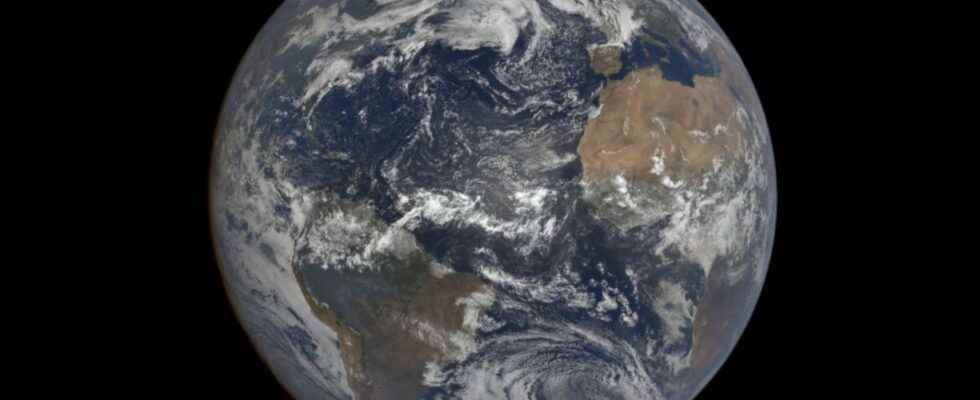How to image the interior of the earth’s crust? Seismic imagery provides solutions but its depth of investigation remains limited. However, researchers have just developed a new method based on the recording of seismic noise generated by wind, waves, or human activity. The results made it possible to obtain an accurate image over a depth of four kilometers.
To know the structure of the earth’s crust, there are two solutions. Drill, or use an imaging method. The first has the advantage of providing direct data, and the big disadvantage of being very localized. To estimate the large-scale architecture of the earth’s crust, it is therefore necessary to use an indirect geophysical method. Among these methods, those based on the propagation of seismic waves are most often used. Scientists can thus use the seismic method, which is based on the generation of an artificial wave train, or the seismology, which is based on the study of waves generated naturally during large earthquakes. Each of these two techniques has its advantages … and its disadvantages.
Imaging the crust in depth: a technical and scientific challenge
If the seismic method makes it possible to avoid the occurrence of an earthquake and therefore to implement a prospecting campaign when scientists wish it and where they wish it, the depth of investigation will be very dependent on theenergy of the waves generated and the frequency used. This method generally only allows the crust to be imaged over the first few hundred meters. Observation beyond the first kilometer of depth requires the installation of significant technical means.
In addition, the search for depth will be at the expense of resolution : the greater the depth of investigation, the lower the resolution of the image obtained and vice versa. For deeply image the earth’s crust, the other solution is therefore to wait for the occurrence of an earthquake, with the disadvantage of not controlling all the parameters, in particular the moment of theemission waves.
To overcome these problems, a team of researchers from the Langevin Institute (Paris) and the Institut des Sciences de la Earth (Isterre, Savoie Mont Blanc University) have developed a new seismic imaging method allowing the earth’s crust to be probed to a depth of four kilometers. This method, called passive matrix, is based on seismic noise. Unlike the other two methods, it does not involve the artificial generation of seismic waves, nor the occurrence of an earthquake.
Take advantage of the heterogeneities of the subsoil
To implement this method, scientists deployed a dense network of geophones to measure the earth’s ambient seismic noise. Because, in addition to earthquakes, our planet is constantly shaken by the action of wind, waves, and of course, by human activity. The intensity of this seismic noise is naturally much lower than that generated by earthquakes, but it is nevertheless sufficient to accurately image the subsoil over several kilometers. In general, seismic noise is not appreciated by scientists because, by reflecting on the numerous heterogeneities of the subsoil, it scrambles the main signal recorded during measurement campaigns. The data obtained must then be subject to in-depth processing. However, this new seismic method skilfully exploits this phenomenon physical : the heterogeneities themselves become seismic sources and make it possible, by scattering the waves, to increase the resolution of the image significantly.
The validity of this method has been tested at the level of Californian fault of San Jacinto. For several months, the seismic noise was recorded continuously, then analyzed using calculation methods developed by the researchers. The heterogeneities of the subsoil were thus able to be imaged, revealing the architecture of the geological layers in the vicinity of the fault, cracks and fractures, with an accuracy of 80 meters for the location of points. The seismic image obtained thus reveals details that conventional techniques had so far failed to capture.
The results of this study, published in the journal Geophysical Journal International, open the door to a vast field ofapplications, especially for monitoring active faults and volcanoes.
—
Discover Fil de Science! Every Friday, from 6.30 p.m., follow the summary of the scientific news of the week, deciphered for you by the journalists of Futura.
—
Interested in what you just read?
.
fs11
